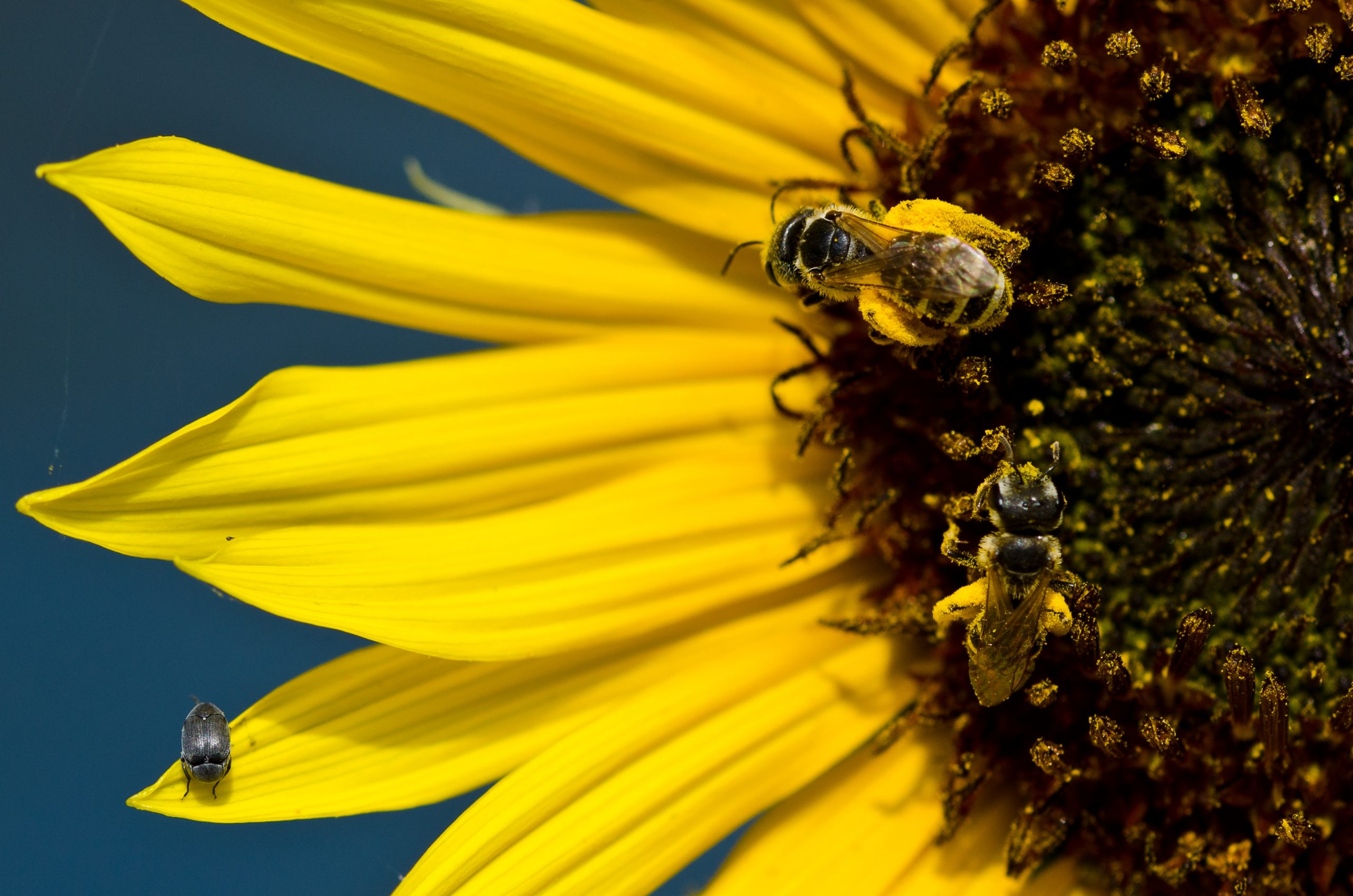Researchers Studying the Ideal Mix of Flowers for Pollinators to Thrive
March 28, 2020
Collectively, this could make a HUGE difference for local pollinators. Read more...
Most people don’t believe they can have an impact on the honey bee situation, but that is wrong. Even though we are not managing beehives and producing honey, every one of us can have a small impact, which, collectively, could make a huge difference in helping honey bees recover from the recent years of difficulty.
Planting the Right Flowers
For many people, the choices that go into the garden every year and personal preferences. If they just happen to coincide with flowers that honey bees use to pollinate, all the better. A new study from New Mexico State University suggests that we all start to rethink that thought process.
Every location throughout the country has flowers and plants that are preferred by the local honey bees. This will change depending on location, so it is important to be aware of what local honey bees are fond of if you want to help their cause. Senior program specialist at NMSU’s Agricultural Science Center at Los Lunas, Miranda Kersten, stated, "We have evaluated 22 different perennial native plants in seven different mixes, or combinations. For the last two summers, we have done visual observations where we record the number of different insect groups visiting the flower, and taken vacuum samples from each of the plots to see which species are attracted to the plants.”
The study has found that plants can be suggested by these researchers to attract, hence feed, very specific pollinators. Kersten stated, “The flowers range in color from various shades of purple and pink, to orange, yellow and white. We did not use red flowers because insects don’t see that color well and are less attracted to the blossoms.”
If trying to help pollinators, it is imperative to choose very specific plants that will flower at various points of the season. Amanda Skidmore, the NMSU Cooperative Extension Service small farm integrated pest management specialist, stated, “All during the season, bees are busy collecting nectar and pollen, depending if they are honey bees or native bees, to feed their babies during the winter.” She added, “Spring blooms help the early emerging pollinators. Blooms throughout the summer that are different colors and shapes help attract the insects while they are building their nest. Fall blooms help them store up an energy source for their babies’ development.”
This is far from the first study that has broached this subject, so if you are interested in helping your local honey bee population, we would recommend reaching out to your local agricultural department or consulting with your local university expert for recommendations on what to plant to help honey bees in your specific area.
Source: Las Cruces Sun News


.jpg)




